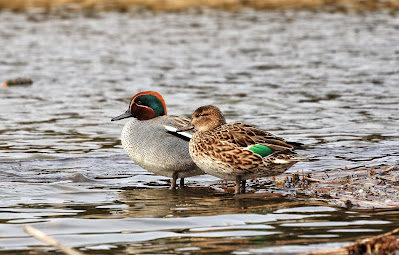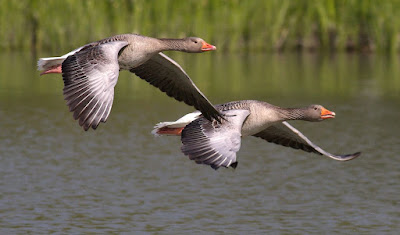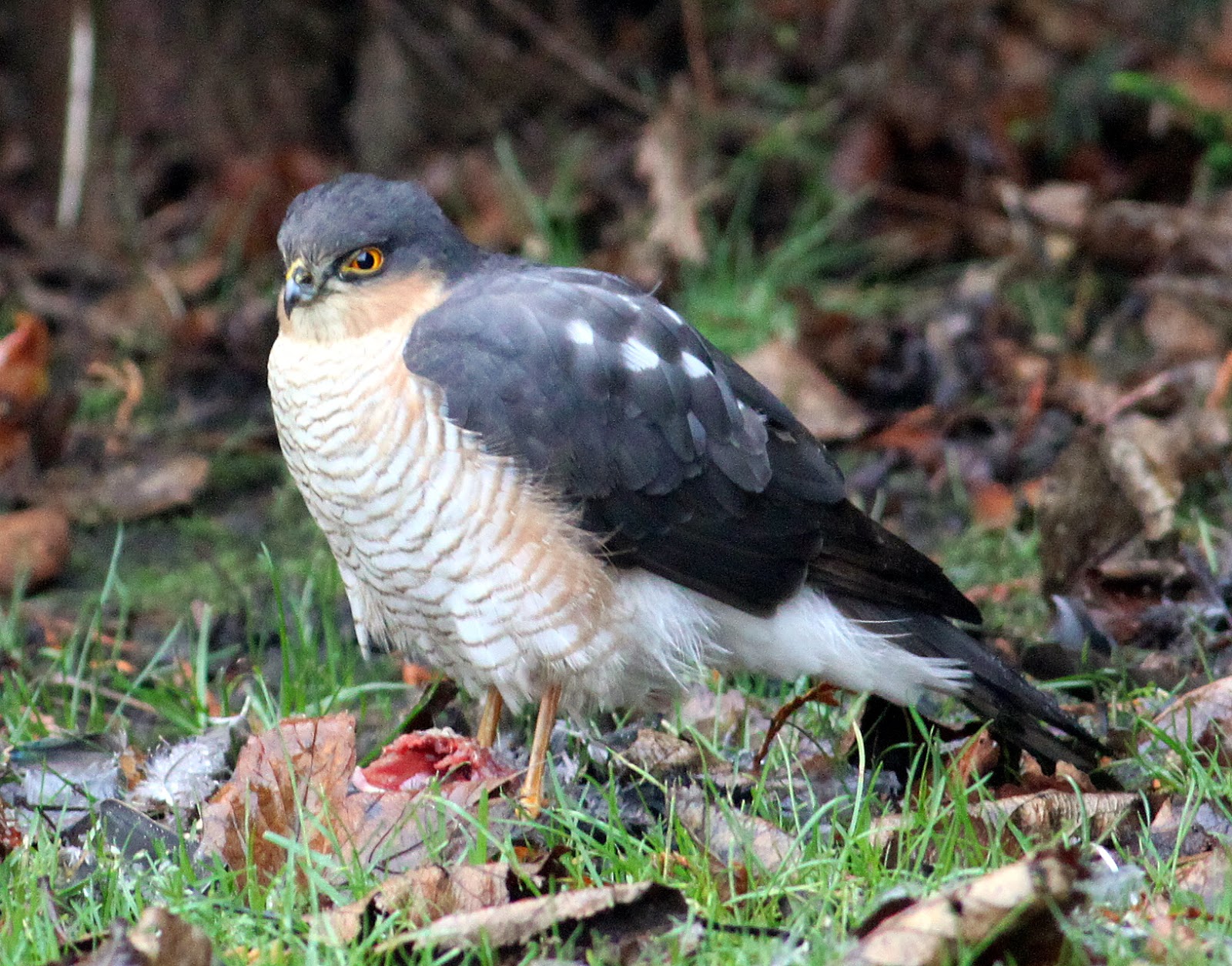Yes, It’s been over a week since a post from me with nothing of note to share since the last outing produced over fifty birds ringed but very little since. It seems that just lately our ringing has "gone to pot”.
Visits to the ringing site/supplementary feeding spot between bouts of rain and wind produced small numbers and tiny catches of the usual suspects of Chaffinch, Reed Bunting and Blackbirds.
Regular sightings of both Sparrowhawk, Buzzard and once or twice a ring-tail Hen Harrier suggested that they at least were having some luck in catching birds. Nonetheless I stuck to the feeding regime and hoped as ever that bird numbers would improve.
Sue and I motored up Glasson Way on a couple of occasions where after the secret bacon butty shop brunch (2 barms and 2 teas for £9.50), I took a peek at Conder Green.
For a week or two and depending upon the state of the tide in or out of the creeks, there’s been a wintering Ruff, one or two wintering Greenshank, the ever present but always numerous Redshank and tidal Little Grebes.
Greenshank
Ruff
Distant across the far side of the pool were two Stonechats a species that is not common here but one that will now appear with more regularity as an early spring migrant.
Again ,and depending upon the tides were anything from 50 to 200 Teal plus the expected build up of noisy assertive Greylags looking to start their breeding season. Last Wednesday morning I counted upwards of 100 Greylags but where only three or four pairs are likely to eventually breed here.
Teal
Greylags
It’s at this time of year that numbers of Canada Geese appear and I was not pleased to see more than 50 of this species, a bird more problematical than Greylag.
Canada Goose
The main issue that many people experience with Canada Geese is the sheer amount of noise that a group of them will make This problem has grown increasingly serious as time goes on since there are few natural predators of the Canada Goose in the UK. This has allowed their population to grow unchecked, and develop from as little as 2200 in 1953 to more than 100,000 by the millennium. Not only are the geese noisy, but they can also be highly territorial, especially when guarding their goslings. It is far from rare for members of the public to be attacked by Canada Geese in parks and along riverbanks.
Just today I was chatting to a wildfowler who told me that while a Greylag for the pot makes a pretty good meal, a within range Canada Goose is not worth wasting a pot-shot as the meat is not nearly so good as a Greylag. We had an interesting conversation about his gun, an old 1878 model that he likes to use sometimes together with his hand made powder and bismuth cartridges.
Lets finish with music from Merle Haggard and Willie Nelson. Two old dudes laying down a track better than any modern day 20 something’s can via a song title that sums up the world of today. This folks, is what talent looks like. They don't make them like this anymore. RIP Merle.
Enjoy the song. Back soon with Another Bird Blog.
Linking at the weekend to Eileen's Blogspot and Anni in Texas.

















































































